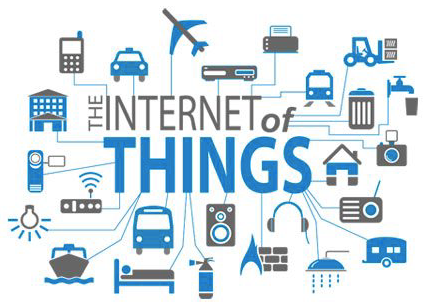Will mobile operators be relevant in an IoT world?
Current Internet of Things (IoT) connectivity comes from mobile networks and wifi, with mobile operators providing service through their existing range of 2G-4G network technologies and established machine-to-machine (M2M) platforms. However, a new class of connectivity designed for M2M applications called LPWA (Low Power Wide Area) that has low data rates, large cells, and supports devices with long battery lives that operate unattended for long periods of time, has the potential to marginalise mobile operators.
LPWA represents a huge market opportunity as the IoT scales. Analyst firms including Analysys Mason, Machina Research and Strategy Analytics anticipate that there will be 2.7 billion LPWA connections by 2022.
Mobile operators have always used licensed frequencies. They have more leverage to acquire new frequencies and this has acted as a barrier to entry for new players. The LPWA case is no different. The GSMA, representing the interests of some 800 mobile operators worldwide, has established the ‘Mobile IoT Initiative’ with the main goal of establishing standards using licensed frequencies. The 3GPP standards body is considering 3 new standards EC-GSM-IoT, LTE-MTC (Cat. M1) and NB-IoT, which provide an evolutionary path for mobile networks.
However, the more mature LoRaWAN™ specification for LPWA has the broad backing of many industry players such as Cisco & IBM, and uses unlicensed frequencies, providing adaptive data rates from 0.3-50kps. There are many ongoing LoRa trials and deployments at the enterprise level.
The LoRa versus GSMA initiative has been compared to the WiMax versus 4G (HSPA+ & LTE) battle for mobile broadband, where the WiMax standard and technology was developed in advance of the 4G technology, but was ultimately marginalised by 4G which was adopted by the mobile operators.
What could be different with LoRa is that there is a case for large enterprises such as utilities, transportation companies and others, such as Swiss Post, to build their own purpose-built networks, with scale achievable within the enterprise given the massive number of things to connect. There is no barrier to entry as the frequencies are unlicensed, and these enterprises can optimise the network architecture of their private network for their specific needs.
Timing will be important for mobile operators, if they are going the GSMA route – which has still has a way to go before the LPWA technology can be deployed, once the 3GPP has approved the standards and frequencies are allocated by the various regulators. Mobile operators have many advantages such as an extensive infrastructure of towers and backhauls, existing M2M platforms, billing capabilities etc. Ultimately, IoT will be serviced by a mix of connectivity solutions, but the market is not standing still and there are increasingly more alternatives. The mobile operator IoT connectivity opportunity is therefore reducing by the day.

News since the article: GSMA Welcomes 3GPP Completion of LPWA Technologies 23 June 2016 https://t.co/WfEeSjZg7D
Could telcos lose their shirts on the IoT-driven 5G business? http://bit.ly/2966SpL
Highly energetic article, I loved that a lot. Will there be
a part 2?
Thanks Marcus. Yes, things are moving, so will have a sequel. Watch this space.
“Hello there! Do you use Twitter? I’d like to follow you if that would be ok. I’m definitely enjoying_ your blog and look forward to new posts.”
http://www.ehealthloket.nl/2012/03/09/c-cdas-what-are-they-good-for/
Thank you Beverlee. @DavidKeast for Twitter